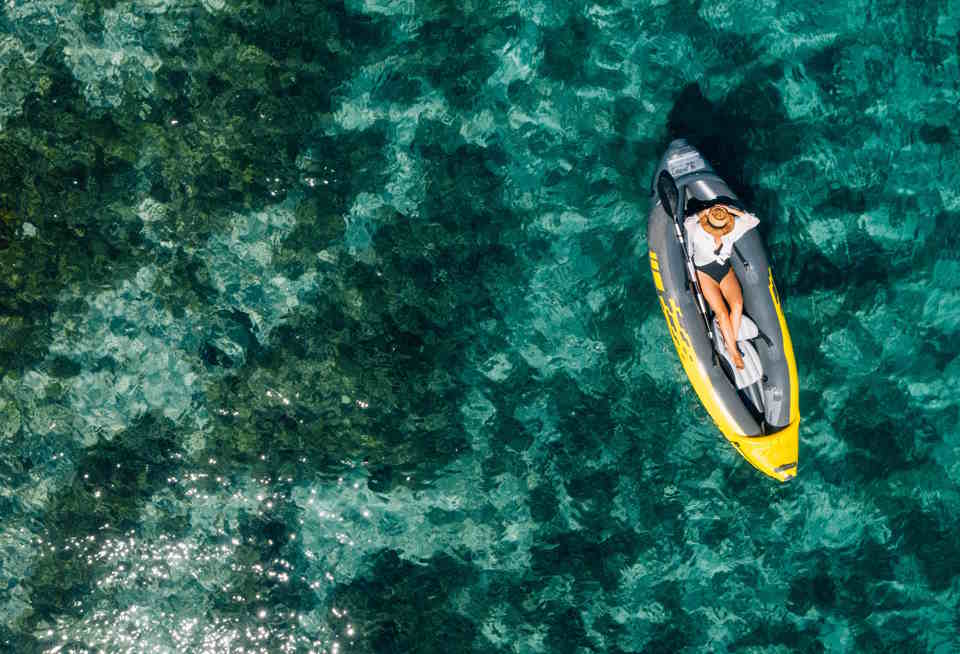Heading into the wild waters on a kayak can be an exhilarating experience, but it is crucial to prioritize safety above all else. Whether you are a beginner or a seasoned kayaker, equipping yourself with essential safety gear is a non-negotiable. Additionally, choosing the right kayak that suits your skill level and ensures stability can significantly reduce risks. Understanding water conditions and currents is essential to navigate through various environments safely. Moreover, learning proper techniques for kayaking in rough waters can enhance your skills and minimize accidents. Finally, being prepared for emergencies and familiarizing yourself with rescue procedures is vital for a worry-free kayaking adventure. So, let’s dive into the details and explore the essential aspects of safe kayaking.
Essential Safety Gear For Kayaking

Kayaking is an exhilarating outdoor activity that allows you to explore the beauty of nature while getting a great workout. It’s important, however, to prioritize safety before setting off on your kayaking adventure. Having the right safety gear is essential to ensure a fun and secure experience on the water. Here are some important safety gear items that every kayaker should have:
1. Personal Flotation Device (PFD): Your PFD is your best friend when it comes to safety on the water. It is designed to keep you afloat in case of an accident or if you end up in the water unexpectedly. Make sure to choose a PFD that fits you properly and is Coast Guard-approved.
2. Paddle Float: A paddle float is an inflatable device that attaches to your paddle to assist in re-entry if you capsize. It provides stability and can help you get back into your kayak without assistance.
3. Spray Skirt: A spray skirt is a waterproof cover that fastens around the cockpit of your kayak, creating a seal between you and the water. It prevents water from entering the kayak, keeping you dry and helping you stay afloat.
4. Bilge Pump: A bilge pump is a must-have item for kayakers. It helps you remove water from the cockpit in case you encounter rough waters or heavy rainfall. This tool is essential for keeping your kayak free from excess water and maintaining stability.
5. Whistle: A whistle is a simple yet effective signaling device that every kayaker should carry. It can be easily heard over long distances and can help call for help or alert others to your presence in case of an emergency.
6. First Aid Kit: Accidents can happen anywhere, and it’s important to be prepared. A well-stocked first aid kit should include essentials like bandages, antiseptic wipes, pain relievers, and any necessary prescription medications. Make sure to familiarize yourself with how to use the items in your kit before heading out on your kayaking trip.
7. Communication Device: While not essential, it’s always a good idea to carry a communication device with you. This can be a waterproof phone case, a two-way radio, or a personal locator beacon. These devices can help you get in touch with others in case of an emergency or if you need assistance.
| Essential Safety Gear | Function |
|---|---|
| PFD | A personal flotation device keeps you afloat in case of an accident. |
| Paddle Float | Assists in re-entry if you capsize. |
| Spray Skirt | Prevents water from entering the kayak. |
| Bilge Pump | Helps remove water from the cockpit. |
| Whistle | A signaling device for emergencies. |
| First Aid Kit | Provides essential medical supplies. |
| Communication Device | Aids in getting in touch with others. |
Choosing The Right Kayak For Safety
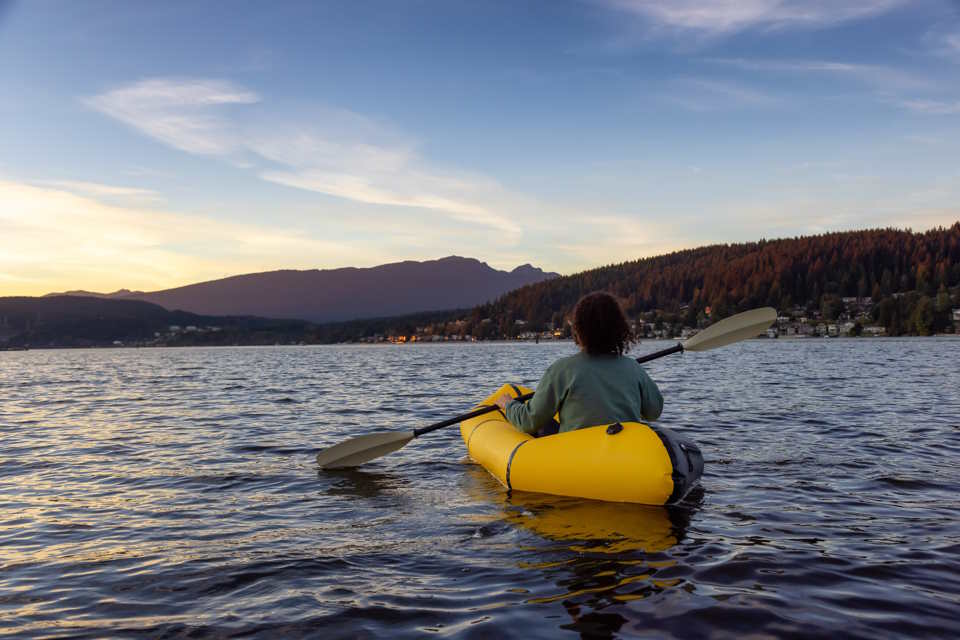
Kayaking is an exhilarating water sport that combines adventure and relaxation, but it’s important to prioritize safety while enjoying this thrilling activity. One of the crucial aspects of ensuring a safe kayaking experience is choosing the right kayak. With so many options available in the market, it can be overwhelming to find the perfect vessel that guarantees both comfort and safety. We will explore some essential factors to consider when selecting a kayak for your adventures on the water.
Type of Kayak:
When it comes to selecting a kayak, the first decision you need to make is the type of kayak that suits your needs. There are different types of kayaks designed for specific purposes such as sea kayaking, whitewater kayaking, recreational kayaking, and fishing. Each type has its own unique features and benefits, so it’s important to choose a kayak that aligns with your intended use.
Stability:
Stability is a crucial factor to consider when choosing a kayak for safety purposes. A stable kayak is less likely to tip over and provides a secure platform for paddlers, especially if you are a beginner or planning to kayak in rough waters. Sit-on-top kayaks are generally more stable and easier to handle, making them a popular choice for beginners. However, if you prefer a traditional sit-inside kayak, opt for one with a wider hull for increased stability.
Size and Weight:
The size and weight of the kayak are also important factors to consider. A kayak that is too long or heavy for your body type can be difficult to maneuver, affecting your overall safety and comfort. Additionally, ensure that the kayak has sufficient weight capacity to accommodate your gear and accessories. It’s always better to choose a kayak that allows you to sit comfortably and move freely, enhancing your overall kayaking experience.
| Pros | Cons |
|---|---|
| Fishing Kayaks | Provide stability and storage options |
| Recirculating kayaks | Designed for calm waters and leisurely paddling |
| Sea Kayaks | Long and narrow for efficient long-distance travel |
Additional Features:
Lastly, consider any additional features that can enhance your safety while kayaking. These may include a comfortable seat with adjustable backrest, flotation devices for added buoyancy, deck lines for easy rescue, and storage compartments for keeping your belongings dry. Remember, safety should always be your top priority, so investing in a kayak with these added features can make a significant difference in your overall kayaking experience.
Understanding Water Conditions And Currents
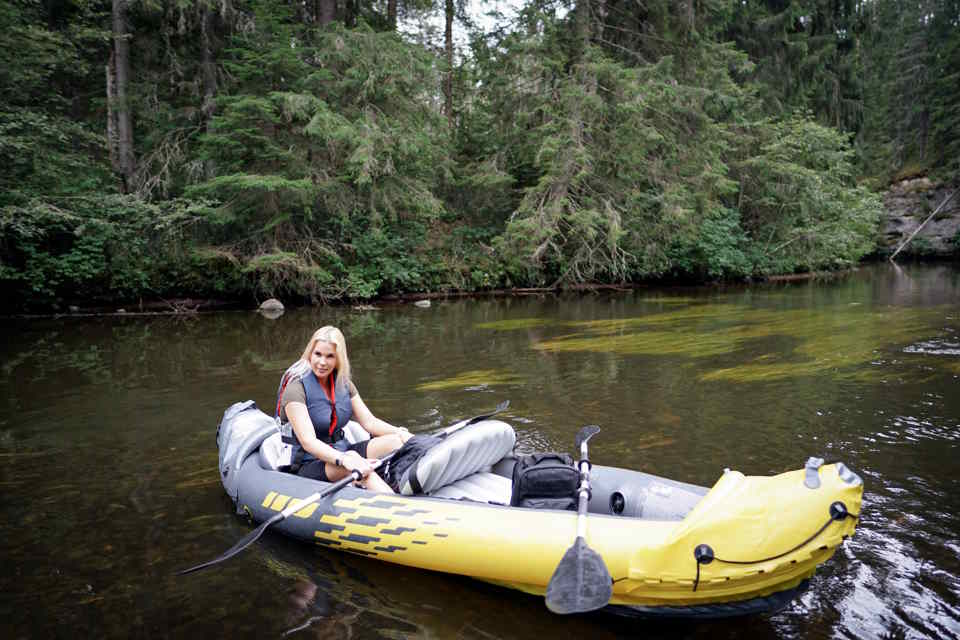
As an avid kayaker, one of the most important skills to possess is a good understanding of water conditions and currents. Whether you’re a beginner or an experienced paddler, being able to read the water and navigate safely is crucial. So, let’s dive in and explore the fascinating world of water conditions and currents!
Water conditions can vary greatly depending on a number of factors, such as tides, wind, and the presence of currents. For example, on a calm and sunny day, you may encounter smooth waters with gentle ripples. However, as the wind picks up, these calm waters can quickly transform into choppy and challenging conditions. It’s important to always check the weather forecast and be prepared for changing water conditions.
Currents, on the other hand, are the flow of water in a particular direction. They can be caused by various factors, including rivers, tides, or even the shape of the coastline. Currents can range from weak and barely noticeable to strong and powerful. It’s essential to understand how currents work and how they can affect your kayaking experience.
One useful tool to determine the strength and direction of currents is a tide chart. Tides play a significant role in creating currents, especially in coastal areas. By consulting a tide chart, you can plan your paddling adventure at optimal times when the currents are in your favor. This can make your kayaking experience more enjoyable and less strenuous.
When kayaking in currents, it’s important to know how they can affect your speed and stability. Paddling against a strong current can be quite challenging and can quickly drain your energy. Conversely, paddling with the current can give you a boost and make you feel like a kayaking superstar. It’s crucial to manage your energy and navigate accordingly, using the currents to your advantage whenever possible.
| Benefit | Importance |
|---|---|
| Enhances safety | Knowing water conditions and currents helps in avoiding hazardous situations. |
| Improves paddling skills | Understanding how to paddle in different water conditions and currents enhances your kayaking skills. |
| Increases enjoyment | By being knowledgeable about water conditions, you can choose the right time and place to paddle, ensuring a more enjoyable experience. |
Proper Techniques For Kayaking In Rough Waters
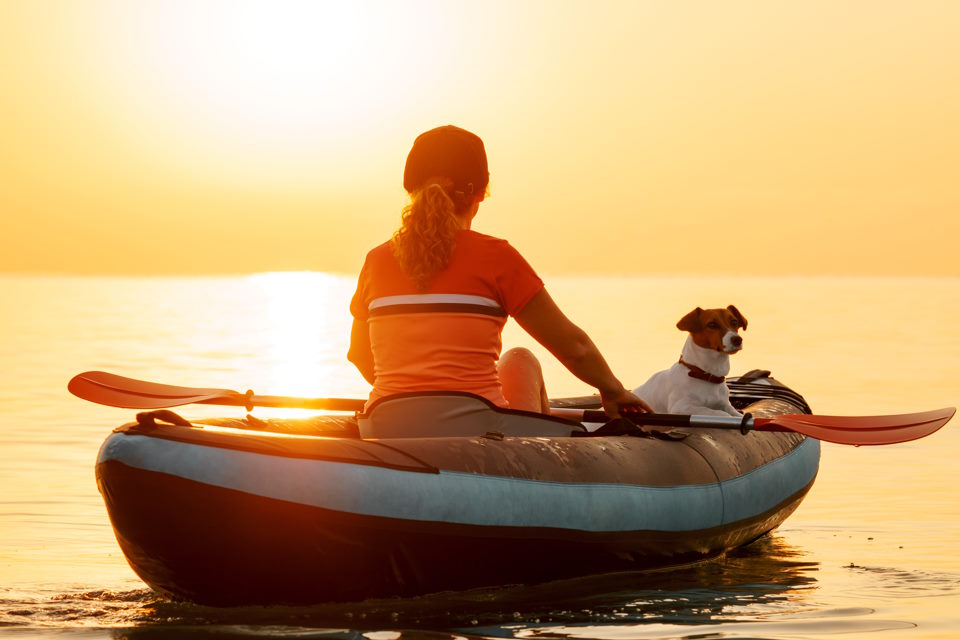
Kayaking is an exhilarating water sport that allows individuals to connect with nature while testing their physical strength and mental resilience. While leisurely paddling along calm rivers can be a peaceful experience, some kayakers crave the adrenaline rush that comes with tackling rough waters. However, navigating turbulent currents requires skill, concentration, and a deep understanding of proper kayaking techniques. We will dive into the world of kayaking in rough waters and explore the essential techniques that every adventurous kayaker should master.
1. Finding Your Balance: One of the fundamental techniques for kayaking in rough waters is maintaining a strong and stable balance. As the river throws waves and challenges your stability, it is important to keep your body centered and your movements controlled. Proper posture and weight distribution are crucial to prevent capsizing and maintain control over the kayak.
2. Using a High Brace: In rough waters, unexpected waves can easily crash against your kayak, posing a risk of overturning. Knowing how to execute a high brace can save you from taking an unexpected swim. The high brace involves quickly extending your arm and paddle to create a wide base of support on the water’s surface, supporting your body and preventing a potential capsize. Practice this maneuver regularly to ensure your reflexes are sharp in moments of turbulence.
3. Riding the Waves: When encountering waves while kayaking in rough waters, it is essential to ride them with confidence and control. As a wave approaches, lean your body into it and use your paddle as a rudder to steer your kayak in the desired direction. By adjusting your body and paddle, you can harness the power of the waves to propel yourself forward instead of fighting against them. This technique allows you to maintain momentum and navigate the rough waters more efficiently.
- Always wear a PFD (Personal Flotation Device) for your safety.
- Make sure to check the weather and water conditions before embarking on a kayaking adventure.
- Inform someone about your kayaking plans and expected return time.
| Essential Safety Gear | Choosing the Right Kayak | Water Conditions and Currents | Emergency Preparedness and Rescue Procedures |
|---|---|---|---|
| Helmet | Stable and sturdy construction | Understanding eddies and undertows | Knowledge of basic rescue techniques |
| Wetsuit or drysuit | Proper sizing and weight capacity | Rapid or slow-moving currents | Having necessary rescue equipment |
| Spray skirt | Consideration of the kayak’s length and width | Factors affecting water flow | First aid and CPR training |
Emergency Preparedness And Rescue Procedures
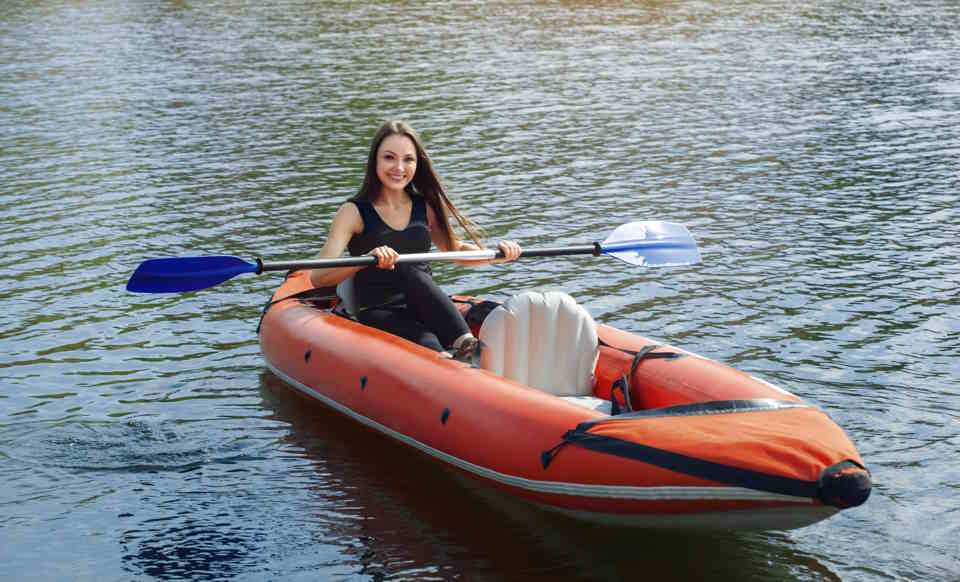
Kayaking is an exhilarating outdoor activity that allows you to connect with nature and have a thrilling adventure on the water. However, just like any other outdoor activity, it is important to prioritize safety and be prepared for any emergency situations that may arise. We will explore the essential emergency preparedness and rescue procedures that every kayaker should know.
1. Educate Yourself: Before you embark on any kayaking adventure, it is crucial to educate yourself about the water conditions and potential hazards of the area you will be exploring. Familiarize yourself with the weather forecast, tide times, and any specific warnings or restrictions in place. This knowledge will help you make informed decisions and minimize the risk of emergencies.
2. Wear Proper Safety Gear: No matter how experienced you are as a kayaker, wearing the right safety gear is non-negotiable. A properly fitted and secure life jacket is an absolute must-have. Additionally, invest in a helmet, especially if you are planning to paddle in rough waters. Other essential safety gear includes a whistle, a paddle float, a bilge pump, and a towline.
3. Practice Self-Rescue Techniques: In the event that you capsize or fall out of your kayak, it is important to know how to rescue yourself. Practice re-entering your kayak from the water and learn how to perform a self-rescue using techniques like the paddle float rescue or the cowboy rescue. These skills will empower you to regain control of the situation and get back in your kayak swiftly.
| Emergency Preparedness Checklist: |
|---|
|
In conclusion, emergency preparedness and rescue procedures are paramount in ensuring a safe and enjoyable kayaking experience. By educating yourself, wearing proper safety gear, and practicing self-rescue techniques, you will be well-equipped to handle any unforeseen emergencies that may arise. Remember, it is always better to be prepared than to find yourself in a precarious situation on the water. So, gear up, stay safe, and have an unforgettable kayaking adventure!

